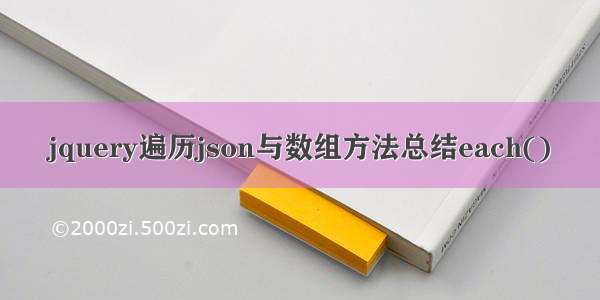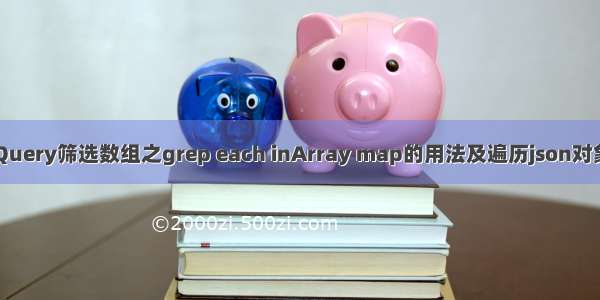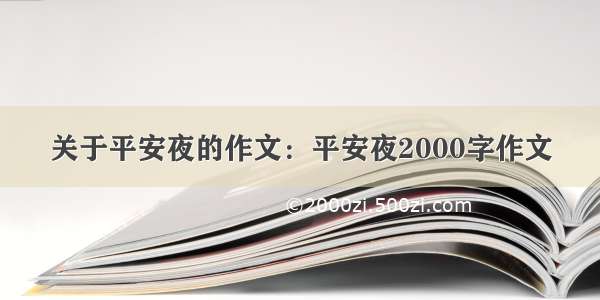
在jquery中遍历数组或json数组我们使用最多的方法是each这个函数了或使用foreach,for也是可以实现的,下面我来给大家详细介绍jquery遍历json与数组实现。 代码如下复制代码 先我们来参考each() 方法。
在jquery中遍历数组或json数组我们使用最多的方法是each这个函数了或使用foreach,for也是可以实现的,下面我来给大家详细介绍jquery遍历json与数组实现。
先我们来参考each() 方法,each()规定为每个匹配元素规定运行的函数,返回 false 可用于及早停止循环
语法。
$(selector).each(function(index,element))
例:
each处理一维数组
var arr1 = [ "aaa", "bbb", "ccc" ];
$.each(arr1, function(i,val){
alert(i);
alert(val);
});
alert(i)将输出0,1,2
alert(val)将输出aaa,bbb,ccc
each处理二维数组
var arr2 = [['a', 'aa', 'aaa'], ['b', 'bb', 'bbb'], ['c', 'cc', 'ccc']]
$.each(arr2, function(i, item){
alert(i);
alert(item);
});
arr2为一个二维数组,item相当于取这二维数组中的每一个数组。
item[0]相对于取每一个一维数组里的第一个值
alert(i)将输出为0,1,2,因为这二维数组含有3个数组元素
alert(item)将输出为 ['a', 'aa', 'aaa'],['b', 'bb', 'bbb'],['c', 'cc', 'ccc']
遍历json data
[
{
"text" : "王家湾",
"value" : "9"
},
{
"text" : "李家湾",
"value" : "10"
},
{
"text" : "邵家湾",
"value" : "13"
}
]
alert(data[0]["text"]);//邵家湾
<html xmlns="/1999/xhtml"><head><meta http-equiv="content-type" content="text/html; charset=utf-8"><title></title><script type="text/javascript" src="script/jquery-1.2.6.min.js"></script><script type="text/javascript">$(document).ready(function(){$("#letter-e .button").click(function(){$.getJSON(data,function(data){$("#dictionary").empty();$.each(data,function(entryIndex,entry){var html = '<div class="entry">';html += '<div class="text">' + entry['text'] + '</div>';html += '<div class="value">' + entry['value'] + '</div>';html += '</div>';$('#dictionary').append(html);}); }); });}); </script></head><body><div class="letters"><div class="letter" id="letter-e"><h3>E</h3><div class="button">Load</div></div></div><div id="dictionary"></div></body></html>
一个完整的测试实例大家可参考
$( function() { /* 通用例遍方法,可用于例遍对象和数组。 不同于例遍 jQuery 对象的 $().each() 方法,此方法可用于例遍任何对象。 回调函数拥有两个参数: 第一个为对象的成员或数组的索引 第二个为对应变量或内容 如果需要退出 each 循环可使回调函数返回 false,其它返回值将被忽略。 */ /*例遍数组,同时使用元素索引和内容。 $.each( [0,1,2], function(index, content){ alert( "Item #" + index + " its value is: " + content ); }); var testPatterns = [ 'yyyy', 'yy', 'MMMM', 'MMM', 'MM', 'M', 'dd', 'd', 'EEEE', 'EEE', 'a', 'HH', 'H', 'hh', 'h', 'mm', 'm', 'ss', 's', 'S', 'EEEE MMMM, d yyyy hh:mm:ss.S a', 'M/d/yy HH:mm' ]; $.each(testPatterns,function(){document.write('<div>'+this+'</div><br />');}); */ /*遍历对象,同时使用成员名称和变量内容。 $.each( { name: "John", lang: "JS" }, function(index, content){ //alert( "Object Name: " + index + ",And Its Value is: " + content ); alert( "Object Property Name Is: " + index + ",And Its Property Value is: " + content ); }); */ /*例遍对象数组,同时使用成员变量内容。 var arr = [{ name: "John", lang: "JS" },{ name: "Nailwl", lang: "Jquery" },{ name: "吴磊", lang: "Ext" }]; $.each( arr, function(index, content){ alert( "The Man's No. is: " + index + ",And " + content.name + " is learning " + content.lang ); }); */ } ); // --></mce:script> <title>Jquery each Demo</title> </head> <body> </body> </html>
















